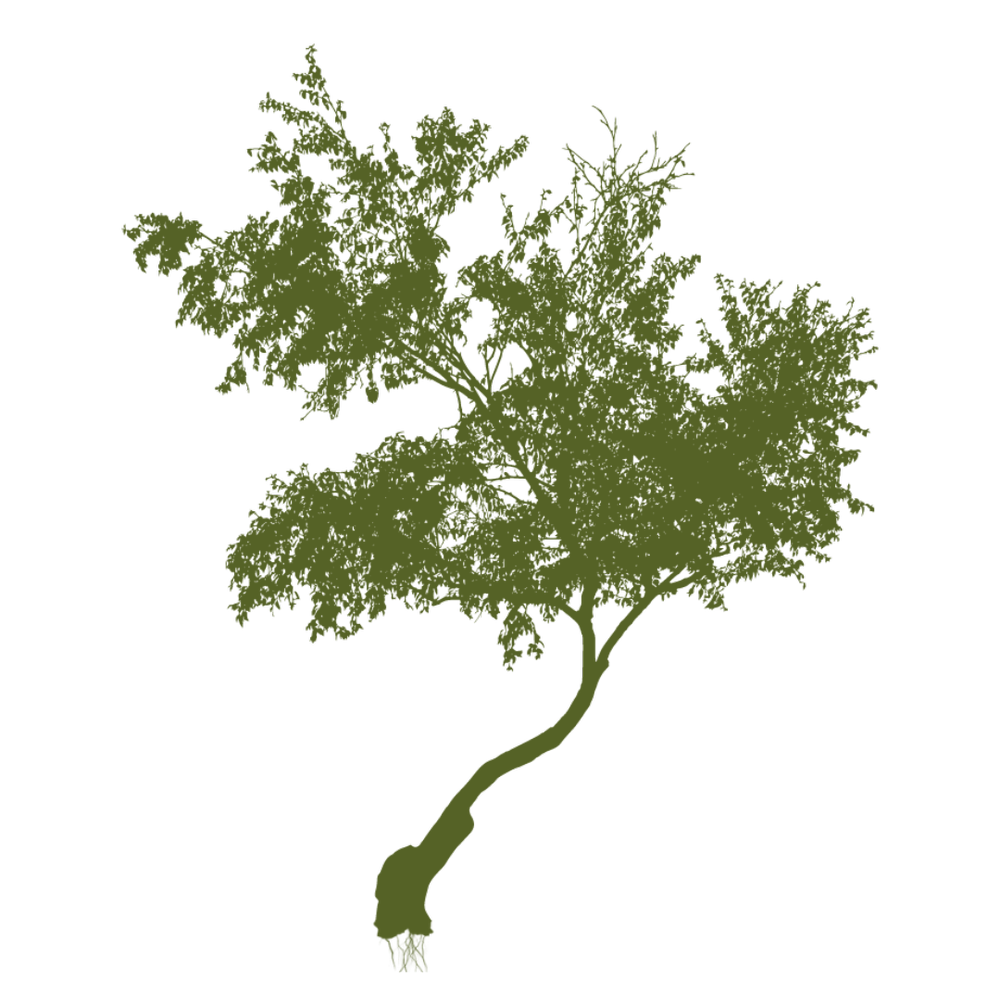“After a certain high level of technical skill is achieved, science and art tend to coalesce in aesthetics, plasticity, and form. The greatest scientists are always artists as well.” Albert Einstein
“There is an art to science, and a science in art; the two are not enemies, but different aspects of the whole.” Isaac Asimov
The scientific method is the tool by which we encourage students to think scientifically. We offer it to them and we say, “Use this to produce knowledge from observation.”
We want to empower them to lead a generation of human minds in the direction of meaningful scientific discovery. In NSW we want them to ‘produce creative and plausible solutions to identified problems.’ (from the Curriculum)
So, armed with the scientific method we go about our work. But there is a problem. We recognise that to push the boundaries of their fields scientists must be creative. To come up with new solutions to old problems they must be imaginative. But where does creativity fit in to the scientific method? How can we ensure our young scientific minds are operating at maximum creativity?
In a paper entitled Teaching & Learning the Scientific Method, Prof. Dr. Guy R. McPherson identifies a common misunderstanding among scientists and science educators in relation to the method. Contained within this misunderstanding, lies a way to unlock creativity in the application of scientific thinking.
Prof. McPherson argues that we routinely confuse the term ‘hypothesis’ with ‘prediction’. This ‘unacceptable substitution’, he argues, ‘dilutes the power of the scientific method to the extent that invoking the “scientific method” has become largely meaningless.’ (Source)
Distinguishing hypothesis and prediction
- Predictions are statements that are likely to be factual. They can usually be evaluated based on observations. They do not require the scientific method.
- Hypotheses are ‘candidate explanations’ for observed phenomena. Hypotheses give rise to experiments that may be used to test their plausibility.
Hypotheses and creativity
Hypotheses describe the unseen mechanisms that govern our world. Their plausibility is unobservable without interference or experiment. They are always produced in the realm of imagination. Without imagination one cannot hope to describe that which one has not yet seen. So we might say forming hypotheses is the creative step in the method. And there is something else. Hypotheses are causal explanations, they are narratives, stories that connect the dots in a plausible way. Forming hypotheses is an act of storytelling. And therein lies the point at which we might instil creative potential in the young scientist.
Using storytelling to generate hypotheses
In my science classes I tell students, “One way to form an hypothesis is to tell a story.”
Why do leaves turn brown in Autumn?
Complete the following story, ‘One summer there was a green leaf on a big beautiful gum tree…’
How does the light turn on?
‘Once there was a battery full of potential energy…’
Never mind how implausible or fantastical the stories are. Make room for anthropomorphic characters. Give the students a wide birth, for their hypotheses are fragments of their mythologies, and by observing the worlds contained in their imagination we are privy to observable phenomena that may inform our own pedagogical hypotheses.
Storytelling is a window to Arts Ed
Storytelling is a window to involving the arts in science education. Stories can form the basis for installations, paintings, drama, dance and music. Telling them over and over in different ways deepens understanding and engagement with content.
And ultimately, one day, this generation will be led by minds that can imagine alternatives to the seen, that can imagine realities as yet unimagined. Meaningful discovery implies it.
How do you incorporate creativity in teaching the scientific method? Do you use storytelling?

